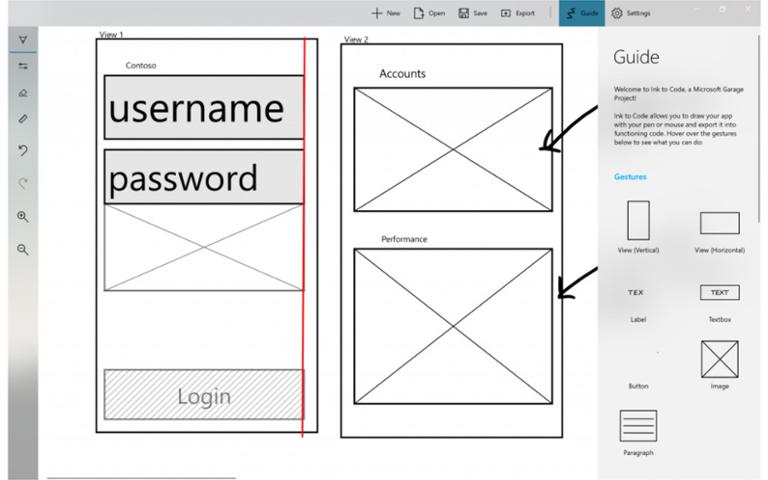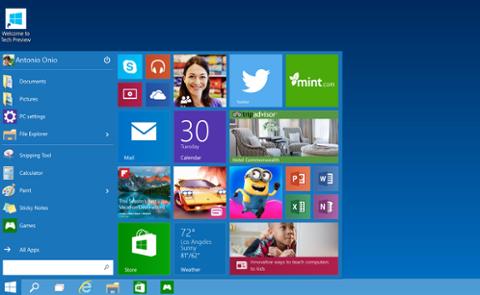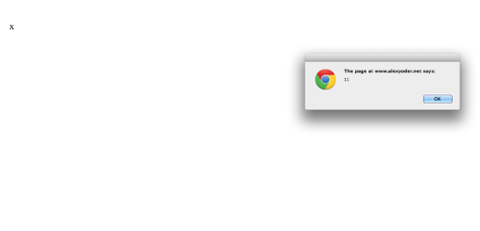'Ink to Code' is Microsoft's Fun New Dev Project
Even in a digital-first world, many ideas still start on paper. Bridging the gap from rough notebook sketch to app or service can be difficult, so Microsoft is trying to ease that transition with a new project dubbed ‘Ink to Code.’ A common, modern workflow involves sketching an idea out, then taking to Sketch or Photoshop to wireframe it. “Getting your ideas for a new app or feature onto paper is one of the fastest, most natural parts of the brainstorming,” says Alex Corrado, senior software engineer on the Xamarin Designer team (and an originator of the project). “But then, you ultimately need to turn that sketch into code and sooner than you know it, 10, 20, 30 iterations of a sketch really add up.” Ink to Code is pretty straightforward. Sketches rely on a series of symbols to designate elements such as text fields or image views. This isn't a literal paper-to-app translation; instead, users are asked to sketch into an app available for Windows 10, via a stylus. The software is also limited to the United States and Canada. Microsoft is quick to note that Ink to Code is a “prototype for prototypes,” so don’t get too worked up about it yet. Eventually, the company thinks the service will serve as a "more productive canvas in brainstorm meetings” where the minutiae regarding design can bog the process down. Ink to Code is currently limited to Windows 10, where it uses the XML markup (Universal Windows Platform apps and Xamarin for Android). It also uses the Windows 10 Ink APIs to identify shapes and text, and only works for Windows and Android applications. Sorry, iOS and Mac users. Ink for Code is housed in a companion app for Visual Studio. Its sketches spit out boilerplate code, so it’s not an end-to-end solution for migrating between views or animating transitions. At least not yet. If nothing else, Ink to Code is a proof of concept that Windows 10, Visual Studio and a Surface computer (with stylus, of course) are thought of internally as the basis for a robust developer environment. We’ll have to see if this early vision proves itself a worthy addition to the Visual Studio suite, or if it's just a fun one-off from Microsoft’s skunkworks team. Either way, it’s a lot of fun.



